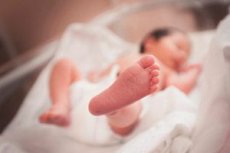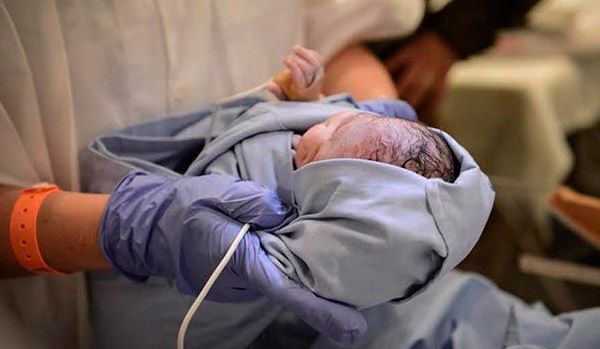New publications
The first child with DNA from three parents was born in Ukraine
Last reviewed: 02.07.2025

All iLive content is medically reviewed or fact checked to ensure as much factual accuracy as possible.
We have strict sourcing guidelines and only link to reputable media sites, academic research institutions and, whenever possible, medically peer reviewed studies. Note that the numbers in parentheses ([1], [2], etc.) are clickable links to these studies.
If you feel that any of our content is inaccurate, out-of-date, or otherwise questionable, please select it and press Ctrl + Enter.

An unusual newborn baby was born in Ukraine – and what’s unusual about him is that he has genetic material that belongs to three parents at once.
Specialists used a method of transporting a fertilized egg to a donor cell – this information was provided by V. Zukin, a candidate of medicine and head of the Nadiya reproductive clinic.
A little earlier, in September last year, the periodical New Scientis reported that a baby with DNA from three parents was born in Mexico for the first time. The story of this baby is as follows: a Jordanian couple could not conceive a child for a long time due to a rare genetic disease. American specialists expressed a desire to help them. The scientists used fertilization techniques using the genetic material of another person – a donor. However, this case differs from the one recorded in Ukraine.
"In early January, a long-awaited baby was born - a girl who has now been discharged from the maternity ward. Why is this child so unique? The fact is that in this situation, an already fertilized egg was transported. In Mexico, unfertilized eggs were used," Zukin explained the situation.
In addition, the candidate of medical sciences gave the following comments on this case. After the egg is fertilized, 2 nuclei are formed in it - from the woman and from the man, respectively. Specialists in the field of reproductive medicine selected these nuclei from the mother's oocyte and transported them to the donor oocyte, from which 2 nuclei were previously selected in the same way. Why was it necessary to use this method? The fact is that a rare genetic pathology prevented the woman from getting pregnant, and only in this way did she have the opportunity to become a mother.
This procedure proved effective because the altered genes that carried the pathology remained in the original maternal oocyte, and the genes in the transferred nuclei were not damaged. Thus, the nuclei that were placed in the donor oocyte were completely healthy.
“As a result of our work, we obtained a baby with nuclear DNA from the biological father and mother, and cytoplasmic donor DNA.”
This case was recorded and verified by Ukrainian and German laboratories.

The mother of the newborn baby is a 34-year-old woman who, for a decade and a half, could not get pregnant, even with the use of in vitro fertilization methods.
The child was born through natural childbirth, and the pregnancy itself proceeded without any abnormalities.
This technological principle can also be used in patients with a disrupted initial stage of embryonic development. This will allow women who have a high risk of giving birth to a baby with mitochondrial pathologies to become mothers. Such pathologies are diagnosed in cases where children are born with severe mental disabilities, mental disorders and other disorders.

 [
[